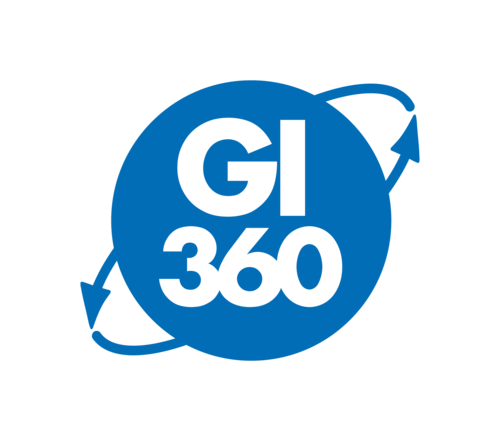Description
The GI360™ Profile is useful for:
-
- Gastrointestinal Symptoms
- Inflammation
- Joint Pain
- Mucosal Barrier Dysfunction
- Autoimmune Disease
- Food Sensitivities
- Chronic or Acute Diarrhea
- Abdominal Pain
- IBD/IBS
- Nutritional Deficiencies
- Bloody Stool
- Fever and Vomiting
Microbiome Abundance and Diversity
The GI360™ Profile is a gut microbiota DNA analysis tool that identifies and characterizes the abundance and diversity of more than 45 targeted analytes that peer-reviewed research has shown to contribute to dysbiosis and other chronic disease states.
Identify the Presence of Pathogenic Viruses, Bacteria, and Parasites
The GI360™ can identify the presence of pathogenic viruses, bacteria, and parasites using multiplexed, real-time PCR. Viruses are the primary cause of acute diarrhea, and the least commonly tested. The identification of pathogenic bacteria, viruses and parasites improves treatment strategies and patient outcomes.
The GI360™ can identify the presence of pathogenic viruses, bacteria, and parasites using multiplexed, real-time PCR. Viruses are the primary cause of acute diarrhea, and the least commonly tested. The identification of pathogenic bacteria, viruses and parasites improves treatment strategies and patient outcomes.
Dysbiosis Index
The Dysbiosis Index (DI) is a calculation with scores from 1 to 5 based on the overall bacterial abundance and profile within the patient’s sample as compared to a reference population. Values above 2 indicate a microbiota profile that differs from the defined normobiotic reference population (i.e., dysbiosis). The higher the DI above 2, the more the sample is considered to deviate from normobiosis.

